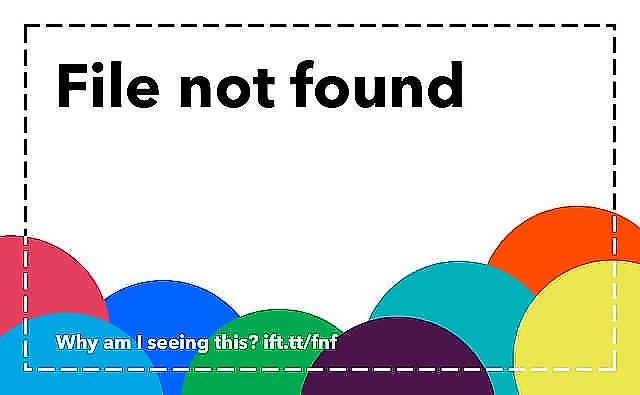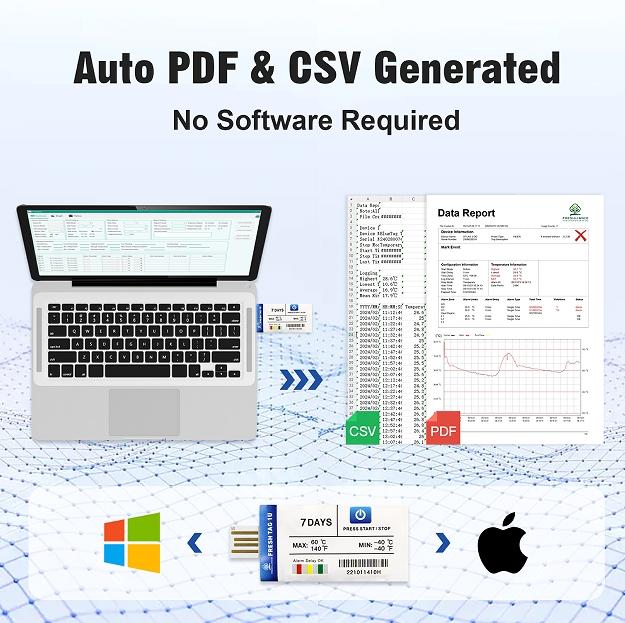In the quest for effective weight loss, understanding the role of calories is paramount. “” serves as your definitive resource in navigating this crucial aspect of health management. This comprehensive guide is designed to empower you with the knowledge and tools needed to effectively monitor and manage your caloric intake, ensuring you stay on track toward your weight loss goals. With evidence-based strategies and practical tips, we will demystify the process of calorie tracking, transforming it from a daunting task into a manageable and rewarding practice. Whether you’re a beginner taking your first steps or someone seeking to refine your approach, this guide will provide the authoritative insights necessary to master the art of calorie tracking and achieve sustainable weight loss.
Understanding Your Basal Metabolic Rate and Its Role in Calorie Tracking
To effectively manage your weight, it’s crucial to understand the concept of Basal Metabolic Rate (BMR). Your BMR represents the number of calories your body needs to maintain basic physiological functions like breathing, circulation, and cell production while at rest. Knowing your BMR helps you establish a baseline for the calories you need to consume daily to maintain your current weight. Accurately calculating your BMR can give you insights into how many calories you should be consuming to either gain or lose weight, depending on your goals.
When tracking calories, it’s essential to factor in your activity level on top of your BMR to get a comprehensive picture of your daily calorie needs. Consider the following elements:
- Activity Level: Sedentary, lightly active, moderately active, very active, or extra active.
- Weight Goals: Aim to create a calorie deficit for weight loss or a surplus for weight gain.
- Consistency: Regularly monitor and adjust your calorie intake based on changes in your weight and activity level.
By incorporating your BMR into your calorie tracking strategy, you can make informed decisions that align with your weight management goals. Understanding and leveraging your BMR not only empowers you to tailor your dietary habits but also helps in setting realistic and sustainable targets.

Choosing the Right Calorie Tracking Tools and Apps for Your Lifestyle
When it comes to selecting a calorie tracking tool, it’s essential to find one that aligns with your daily routine and personal preferences. Start by considering your tech comfort level. If you’re a fan of seamless integrations, opt for apps that sync with fitness trackers and smart devices. MyFitnessPal and Lose It! are popular choices that offer comprehensive databases and easy-to-use interfaces. For those who prefer a more straightforward approach, a basic app like FatSecret might suffice, providing essential tracking without overwhelming features.
Next, evaluate the specific features that will best support your weight loss journey. Look for tools offering barcode scanning for quick input, macro tracking if you’re focusing on nutrients, or even community support if motivation is key for you. Some apps provide personalized insights and meal planning assistance, which can be invaluable for creating a sustainable eating plan. Consider if you need a free option or if a premium version with advanced analytics and coaching is worth the investment. Ultimately, the right tool should not only track your calories but also enhance your commitment to your goals.

Strategies for Accurate Food Logging and Portion Control
Achieving precision in food logging begins with mastering portion control. It’s essential to familiarize yourself with standard serving sizes. This can be done by utilizing measuring cups, kitchen scales, or even visual cues like the size of your palm or a deck of cards. For more accuracy, consider the following strategies:
- Use a Food Scale: Weighing food items provides the most accurate measurements, helping you avoid underestimating calorie intake.
- Measure Liquids in Milliliters: When logging beverages or soups, use milliliters instead of cups for more precise tracking.
- Track Packaged Foods by Grams: Often, packaged foods have serving sizes listed in grams, making it easier to log exact amounts.
In addition to these strategies, it is beneficial to maintain a detailed food diary. Document not just what you eat, but also the time and context of your meals. This practice can help identify patterns and triggers for overeating. Leverage digital tools like calorie tracking apps to simplify the process, ensuring every morsel is accounted for. Remember, consistency and honesty in logging are key to successful calorie tracking and achieving your weight loss goals.

Setting Realistic Calorie Goals for Sustainable Weight Loss
Establishing a calorie target that aligns with your weight loss ambitions is crucial for long-term success. While it’s tempting to aim for drastic reductions, a more balanced approach often yields better results. Start by determining your Basal Metabolic Rate (BMR) to understand the number of calories your body needs at rest. From there, adjust your daily intake by creating a modest calorie deficit. Aiming for a deficit of 500 to 1000 calories per day can typically result in a safe and sustainable weight loss of about 1 to 2 pounds per week.
When setting your calorie goals, consider the following guidelines:
- Listen to your body: If you’re feeling excessively hungry or fatigued, it may be a sign to adjust your calorie intake.
- Prioritize nutrition: Ensure that the calories you consume are rich in nutrients. Focus on whole foods like vegetables, lean proteins, and whole grains.
- Be adaptable: It’s normal for your calorie needs to change as you lose weight. Re-evaluate your goals regularly and make adjustments as necessary.
By focusing on a realistic and flexible approach, you’ll not only achieve your weight loss goals but also maintain your results over time.
